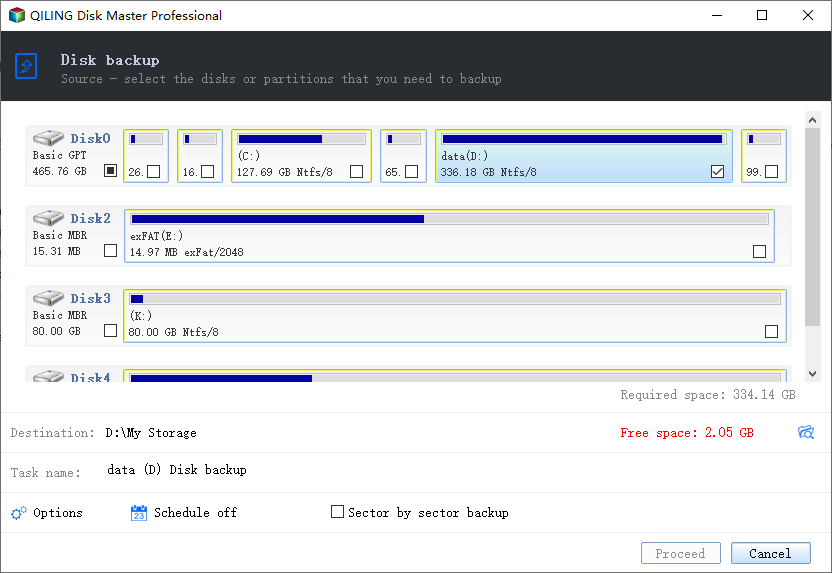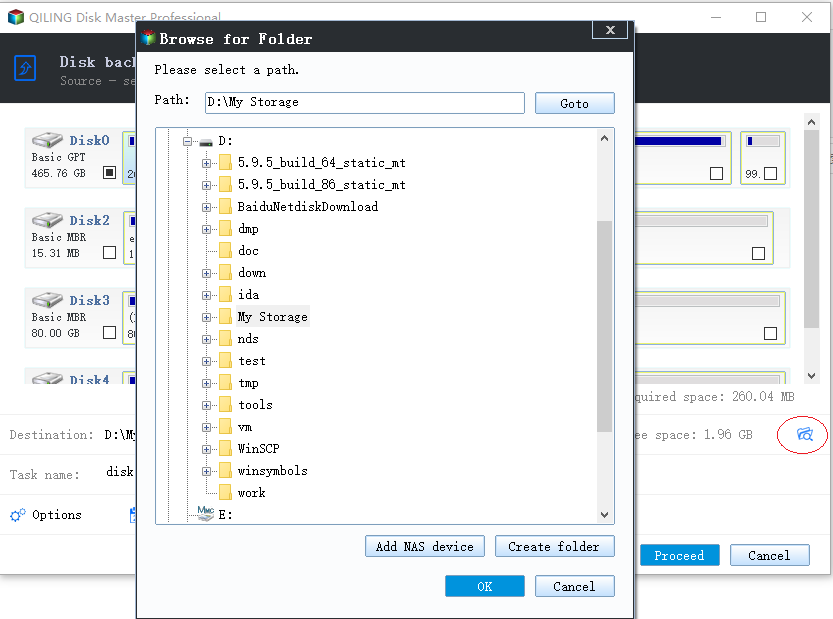How to Upgrade Acer Aspire Laptop to SSD
Why Do You Need to Upgrade to SSD
"I have an old Acer Aspire laptop with a 256GB hard disk. Now, I have bought a new SSD, and I want to upgrade the hard drive to it. I am wondering if anyone else is familiar with how to switch Acer hard drive to a new SSD? Any help would be greatly appreciated!"
Most Acer laptops, especially Aspire series are configured with Hard Disk Drive (HDD) in default, like Acer Aspire One brings 120GB HDD, and Aspire V5/R3 brings 500GB HDD. If your computer is an older model or if it lags or freezes, upgrade it to an SSD is entirely necessary.
As is known to all, compared with traditional HDD, the SSD has faster reading and writing speed, less power consumption, noise-free operation, shock resistance, portable size, etc. Many PC users would like to upgrade HDD to SSD or SSD to larger SSD to improve the computer running performance, so as to Acer laptop users. Based on this need, we prepare this article to teach you to upgrade the Acer Aspire laptop to SSD easily and correctly. Follow the instructions below, and you can make it done.
The Tools You Need
- An SSD with free space to copy all the data on your laptop HDD. Be sure the new SSD is compatible with your laptop. You can check this out by contacting Acer support.
- A hard drive cloning tool.
- An 2.5" SATA III enclosure and a USB 3.0/2.0.
- A SATA cable to connect the new SSD to Acer laptop.
- A small Phillips #0/#1 head screwdriver to help you remove HDD and install SSD.
How to Upgrade Acer Aspire Laptop to the SSD
The whole process can be divided into two parts: the first is to clone the files on old HDD to the new SSD with a data backup and clone tool like Qiling Backup here; then the second is to replace the internal hard drive.
Part 1: Clone Acer Laptop HDD to SSD
In the beginning, install the SSD into 2.5" SATA hard drive enclosure. Plug enclosure into your laptop via USB 3.0/2.0 (USB 3.0 will be a LOT faster than USB 2.0).
Step 1. Download and launch Qiling Backup on your PC. Click "Disk/Partition" to start.

Step 2. Select the hard drive that you want to back up. You can choose a single partition or several partitions through multiple disks as you like.

Step 3. Click the folder icon behind "Destination" to select the SSD partition as the backup image storage location. Enter a Plan name and Description for your disk and partition backup. By default, the name and description are given based on the backup time and backup type.

Tips:
"Sector by sector backup": All the data sectors and blank ones are to be backed up with Sector by sector backup checked. It is useful when file system error occurs. It slows down the backup speed with a relatively larger image compared with normal backup.
"Plan name and Description": An accurate plan name and appropriate description will help you distinguish easily.
"Advanced backup settings" are useful when you want to create a flexible and automatic backup plan.
"The schedule" is to create an automatic backup plan.
"Backup options" are to edit the advanced parameters. Image-reserve strategy is to reserve the limited image as per image retention rule.
Step 4. Click "Proceed" to start to back up your HDD to the SSD.
Tip
If you want to replace the OS disk with SSD, Qiling Backup system clone feature can help you migrate OS to SSD without any data loss and avoid the startup problem.
Part 2: Replace the HDD with SSD
Step 1. Shut down your laptop, unplug the power, remove the battery and uninstall the old hard drive.
Step 2. Remove SSD from the enclosure and install it into the laptop with the SATA cable.
Step 3. Reinstall battery, plug-in power and restart the laptop.
Related Articles
- Create System Image on USB Drive in Windows 10/8/7
- How to Backup Your Computer - Cloud Storage or Backup Software?
- Run Disk Clone Windows 10 with Qiling Backup
- Best Free Norton Ghost Alternative for Windows 10
- How to Automatically Backup Files to An External Hard Drive in 3 Ways